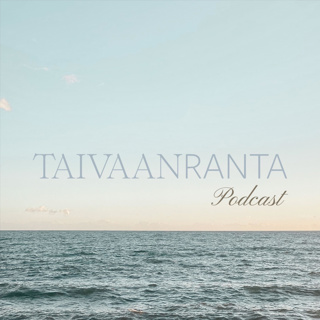
Hurricane Ian: Investigation Shows Homeowners Insurance Companies Not Paying Up After 2 Years
A 60 Minutes report on insurer fraud in Florida following Hurricane Ian shows that numerous companies have systematically changed reports in order to deny homeowners of up to 90% of the payment they deserve after catastrophic losses. It focuses on the claims of several licensed adjusters, who allege that insurance carriers were purposefully altering damage reports to reduce payouts to homeowners. These adjusters claim that their reports were edited by desk adjusters who had never even visited the damaged properties, reducing the amount of money the homeowners received. The report alleges that this practice was widespread, affecting many homeowners who were left with significant damage and insufficient funds to repair their homes… and are still awaiting justice even today. While these charges have been presented to the Florida Attorney General’s office, they have failed to prosecute 2 years after Ian struck Southwest Florida in 2022.
3 Loka 202411min

Asheville - Climate Change “Safe Haven”?
We explore the devastating floods that hit Asheville, North Carolina, after Hurricane Helene, challenging the city's former reputation as a "climate haven." It explains that climate change is making intense rainfall events more frequent and severe, leaving even high-elevation areas vulnerable. Climate change is exacerbating flooding risks across the United States, including in Appalachia, where the terrain amplifies the impact of heavy rains. We also compare the recent floods to the "Great Flood" of 1916, highlighting the catastrophic devastation caused by heavy rainfall and emphasizing the historical context of similar events in the region. Damage from Helene is extensive, causing significant problems with infrastructure and prompting relief efforts as the full extent of the impact still remains unknown.
3 Loka 202410min

What’s Your Flood Risk? Tools to Help you Determine
How to determine flood risk for properties in the United States. Yale Climate brings us tools and resources, categorized by the type of information they provide, and it critiques the accuracy and limitations of each. These tools are essential in an era of increasing flood risk due to climate change. We discuss the new Risk Rating 2.0 system implemented by the National Flood Insurance Program, which aims to ensure future payouts do not exceed premiums.
3 Loka 202411min

Hurricane Helene - Bomb after the Lull
The 2024 Atlantic Hurricane season began as a beast with Hurricane Beryl setting the stage for what was predicted to be an overactive hurricane season. With an August and early September peak season lull, forecasters were questioning the reasoning for the season bottoming out. Then intro Hurricane Helene. Hurricane Helene made landfall in Florida as a category 4 hurricane with maximum sustained winds of 140 mph and a storm surge of 20 feet causing not only one of the highest surges seen in the state of Florida, but also some of the highest storm surge ever recorded in the Tampa Bay Area. As a weakening storm system, Helene continued to dump excess amounts of rain through parts of Georgia and Appalachia, causing serious flash flooding that has caused the death toll to spike in recent days as rescuers scramble to sift through the destruction. Some people are wondering how a warming climate may have been a factor in supercharging Helene
3 Loka 202411min



















